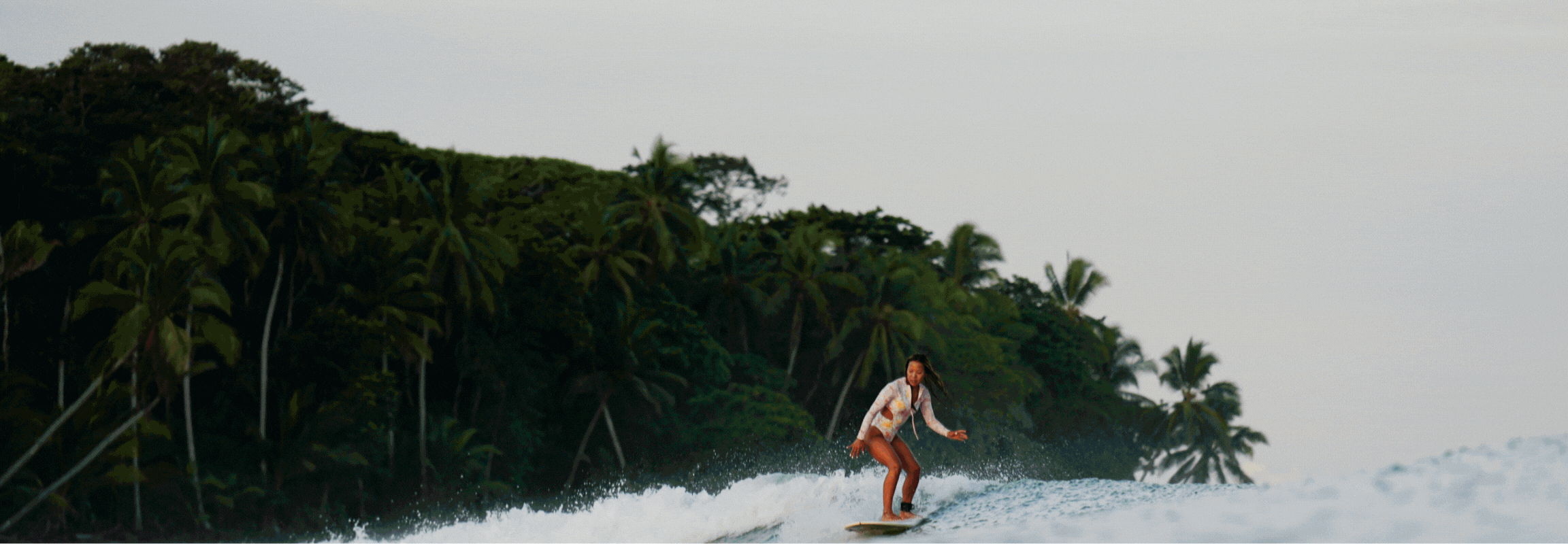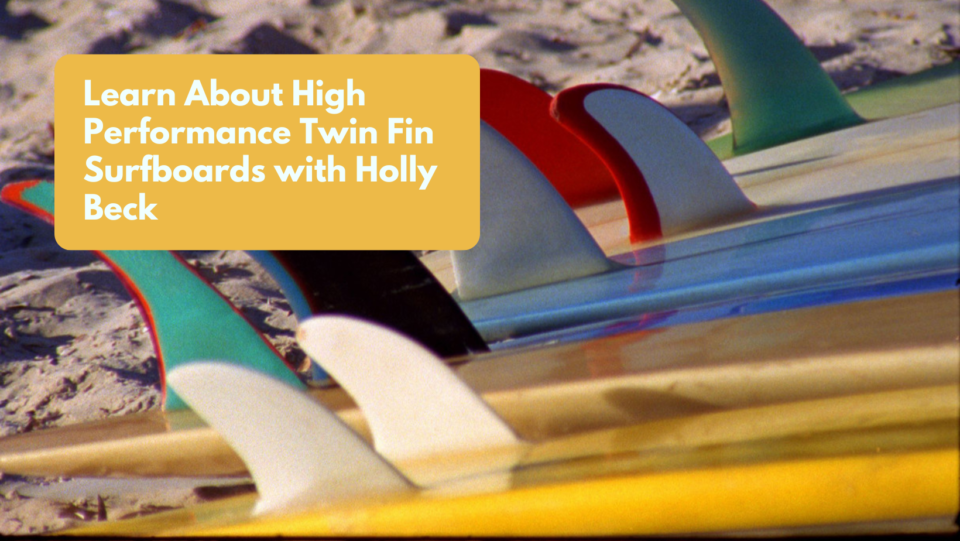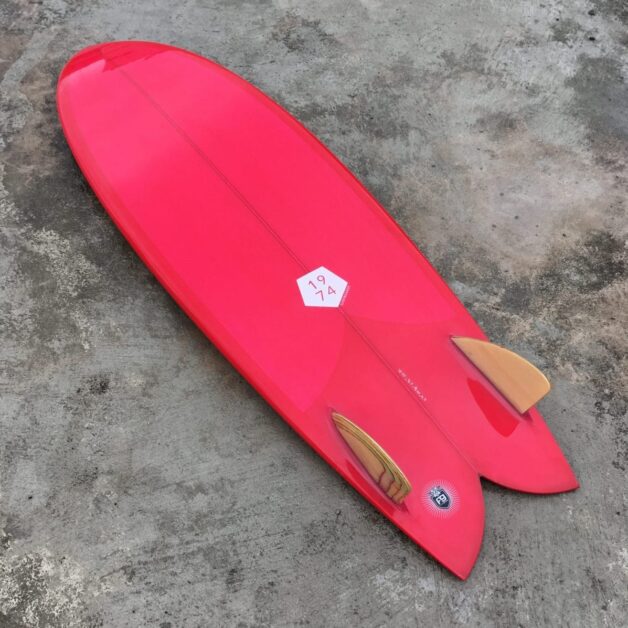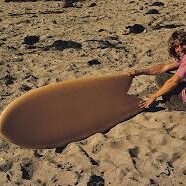Up until recently I would have told you that I don’t really like twin fins. Any time I’d ever tried a “fish”, it was fun, but just not as high performance as I wanted a board to feel. Sure, they paddled well and went fast down the line. They were also very loose. So loose, that if I wanted to do a quick bottom turn and hard “off the top” turn, the board would just slide out on me. I felt like I always had to hold back and surf more conservatively.
Of course, time passes and my pro surfing career is now 10 years in the past. I, along with my surfing, have matured and my prime focus isn’t quite as much about smashing the lip as enjoying the feel of the ride, including riding a variety of different surfboards. Lately I pulled an old twin fin out of the back of my quiver that I’d owned for 20 years but never really liked much. It’s not quite as wide as a Lis “fish” (for what that means see below), but still qualifies as a fish. I found that relying on more front foot pressure to control the rail made it more surf-able and actually fun, even in hollow waves. See video below.
Around the same time I’d been surfing a bigger hollow high performance sandbar wave in Nicaragua and there was a French pro out absolutely ripping. He looked to be riding something alternative and I asked him, “what are you riding?” It turned out to be a “Plan B” by Pukas – a round tail, narrower twin fin. I immediately sent the link to my shaper in Costa Rica – Randy Walker – and asked him to make me one. He did some of his own research, tweaked it a bit, and the result is the board I’m riding in the first video. It has become my favorite board to ride. Even though I had ordered it with the hollow beach breaks of Nicaragua in mind, it seems to also work really well in the long sloping walls of Pavones near our retreats in southern Costa Rica .
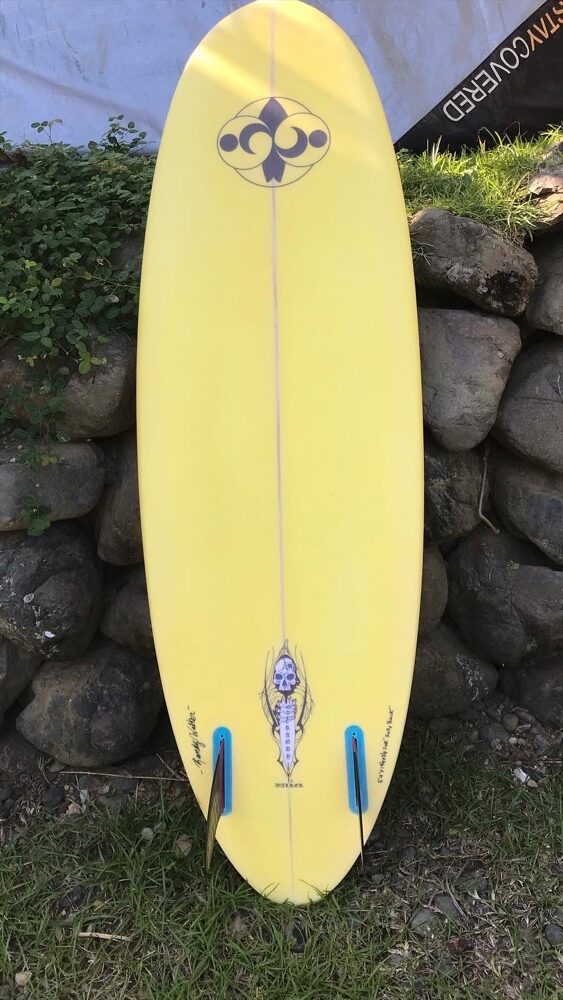
If you’re interested in what it means for a surfboard to be a “fish” and the differences between a traditional fish and the modern version, keep reading!
The Original Fish Design
You of course will have heard of a “fish”. This board was designed by San Diegan surfer/shaper Steve Lis in 1967. It was originally designed as a kneeboard, but began to be surfed standing up. The standard features are a shorter length, wider tail, and two fins set wide apart (compared to a standard shortboard). These boards paddle well and feel very fast and loose. They have to be ridden a little differently than a high performance shortboard because if you push on the tail hard, you’ll likely slide out. Here’s a video snippet from the film “Hydrodynamica” showing the fish in use. Click here for Vimeo video.
The MR Fish
Then along came Mark Richards. He wanted a board that would be a hybrid of a single fin and a fish. During the 1976/77 Hawaii season, he redesigned the fish, creating a board with a narrower tail and the two fins closer together, then went on to win a world title on it. Of course in 1980 the three-fin “thruster” design came along as an even better options, and twin fins were relegated to shadows until the hipster movement brought them back into the spotlight.
Here’s a full 15 min documentary on Mark Richards and original high performance twin fin:
